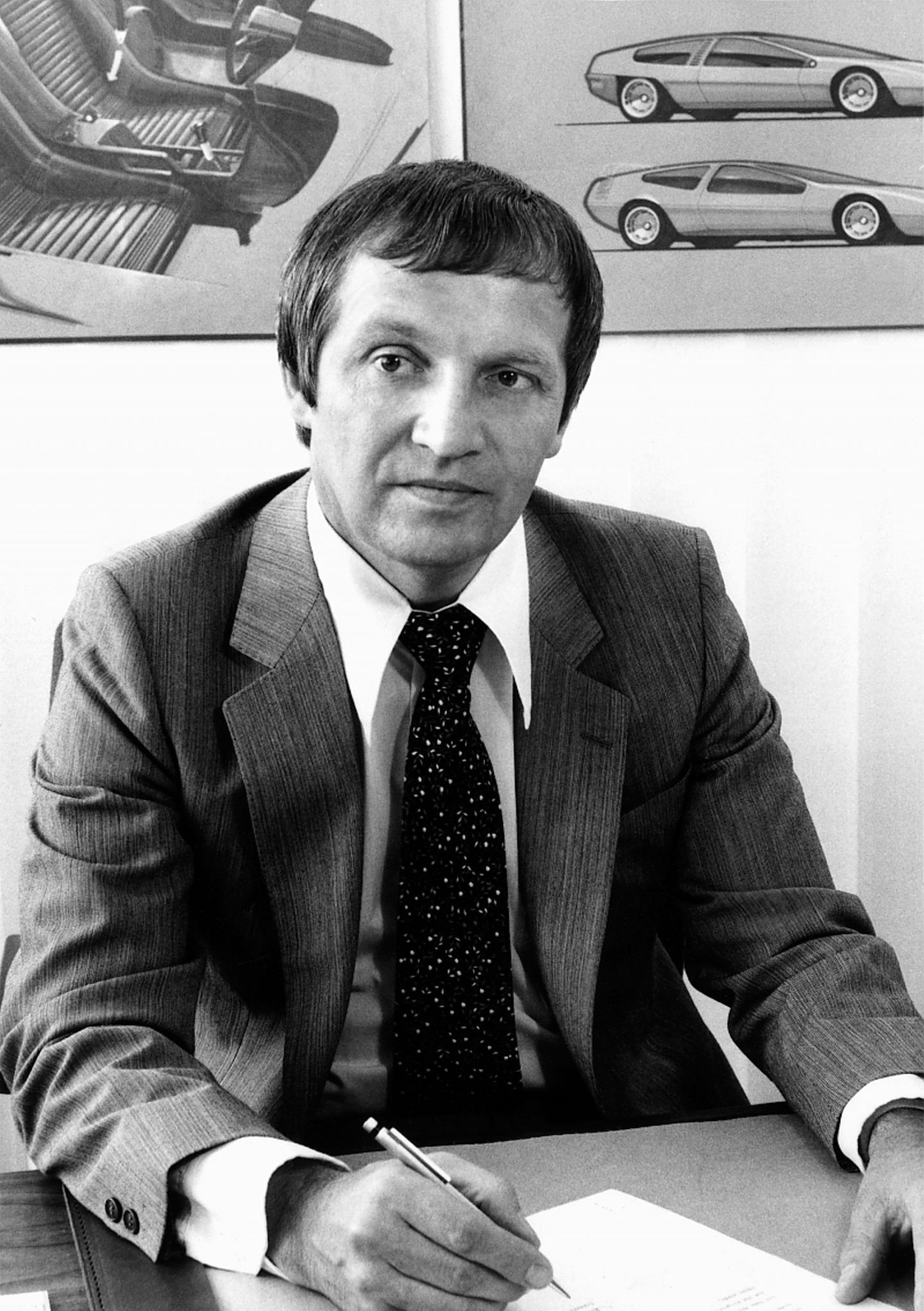Claus Luthe is considered to be one of the most talented German automobile designers of the past century. His creations are characterized by straightforward shapes that convey a Mediterranean lightness. This is best seen in Luthe’s masterpiece, the NSU RO80.
Claus Luthe, who died on March 17, 2008, was not one who pushed himself into public. Contemporaries describe him as a rather quiet person. But who also suffered a stroke of fate. The BMW designer at the time killed his son Ulrich, who was seriously alcoholic and pill addicted, on the night of Good Friday on Easter Saturday in 1990 and was sentenced to two years and nine months in prison for this act. The background to this family drama is complex and should not be discussed further at this point. This is about the automobile designer Claus Luthe and his creations, some of which, such as the NSU RO80 or the BMW 850, are now considered design classics.
Like many other adolescents at the time, Claus Luthe’s childhood was shaped by the Second World War. The son of a cabinet maker was born on December 8, 1932, the second oldest child of a total of five siblings in Wuppertal. With the war, the family’s life changed drastically: The father was called to arms at an early age and Claus and his older brother had to help a farmer in Silesia with his daily work. For the sake of the people. Nobody should be surprised that this activity was anything but a walk in the park. The tone was rough and the two youngsters had to perform like adults. Nevertheless, the religiously raised Luthe enjoyed working in the fresh air and being with the animals.
This independence, which he had to acquire with the hard-earned bread in Silesia, was to help him later. Because fate had some violent blows in store for the Luthe family too. The father fell in Russia and the family had to work hard to make ends meet. Above all, the mother and the oldest children knew no idleness. One constant held the family together: faith and going to church on Sundays. The talented draftsman actually wanted to become an architect, but pragmatism reigns in a destroyed and occupied country. So in 1948 Claus Luthe threw his satchel in the corner forever, started an apprenticeship at the coachbuilder Voll in Würzburg, where the family had found shelter, and was absolutely thrilled with the work on buses.
But the ambitious young man wanted something bigger. With the self-discipline with which he had mastered the turmoil of war, he worked on himself and climbed the career ladder. Claus Luthe literally absorbed his knowledge of cars and took every opportunity to further his education. But the family business’s rural shirt sleeves soon became too small for the ambitious stylist. He was striving for a career change and found what he was looking for at NSU-Fiat, where he could concentrate on designing cars. Luthe was helped by the practical experience he had gained in body construction, as he had an understanding of what is feasible and the effects of design. The young designer initially worked on the design of the front of the “Fiat Nuova 500”, which came onto the market in 1957. But when the paths of the Italian and German car manufacturer parted, Claus Luthe seized the opportunity, took a job as a designer in 1956 and designed automobiles and motorcycles from then on, before taking over the management of the design department in 1967.
Claus Luthe’s forms were characterized by a Mediterranean clarity, ornate lines did not correspond to his aesthetic sense. Cars like the NSU Prinz 4 (“Drive Prince and You Are King”), the NSU Wankel-Spider, which was the first vehicle to be fitted with a Wankel engine, and perhaps his most famous creation: the NSU RO 80, came from his pen Sedan is a classic today and is considered the most beautiful car that Claus Luthe has designed. When the car was presented in 1967, the automotive world gave frenetic applause. Claus Luthe’s light-footed creation radiated a playful Mediterranean elegance with the low front end, the thin roof struts and the slightly raised rear. The Alfa Romeo Scudetto would look just as good on the grille. But the humble man did not want to play himself in the foreground. “You can’t see good design,” was his maxim.
After Audi incorporated NSU, the VW K70, a Luthe-Mobil that it had actually developed for NSU, was given the VW badge without further ado. This does not detract from the handsome forms. He worked at Audi until 1976 and gave shape to vehicles like the Audi 50 (and thus also the VW Polo and Derby) and the second generation of the Audi 100 (C2). But then it was time for Luthe to go. In Munich, attention was drawn to the quiet artist’s skills and he was offered to succeed Paul Bracq as chief designer. Luthe accepted and worked as head of design at the Bavarian car manufacturer until he left in 1990. Cars such as the two 5 Series E28 and E34 (second and third generation), the BMW 7 Series II (E32) and the second and third generation of the BMW 3 Series (E30 and E36) were created under his aegis. During his time at BMW he formed a congenial duo with the Italian Ercole Spada, especially when designing the 5 and 7 series. The collaboration worked mainly because Claus Luthe never hung out the boss and gave the gifted southern European his freedom. A highlight of the Luthe era was undoubtedly the BMW 850 (E31), but the R 80, K100 and K 75 motorcycles also bore his signature.
I am Pierce Boyd, a driven and ambitious professional working in the news industry. I have been writing for 24 Hours Worlds for over five years, specializing in sports section coverage. During my tenure at the publication, I have built an impressive portfolio of articles that has earned me a reputation as an experienced journalist and content creator.




